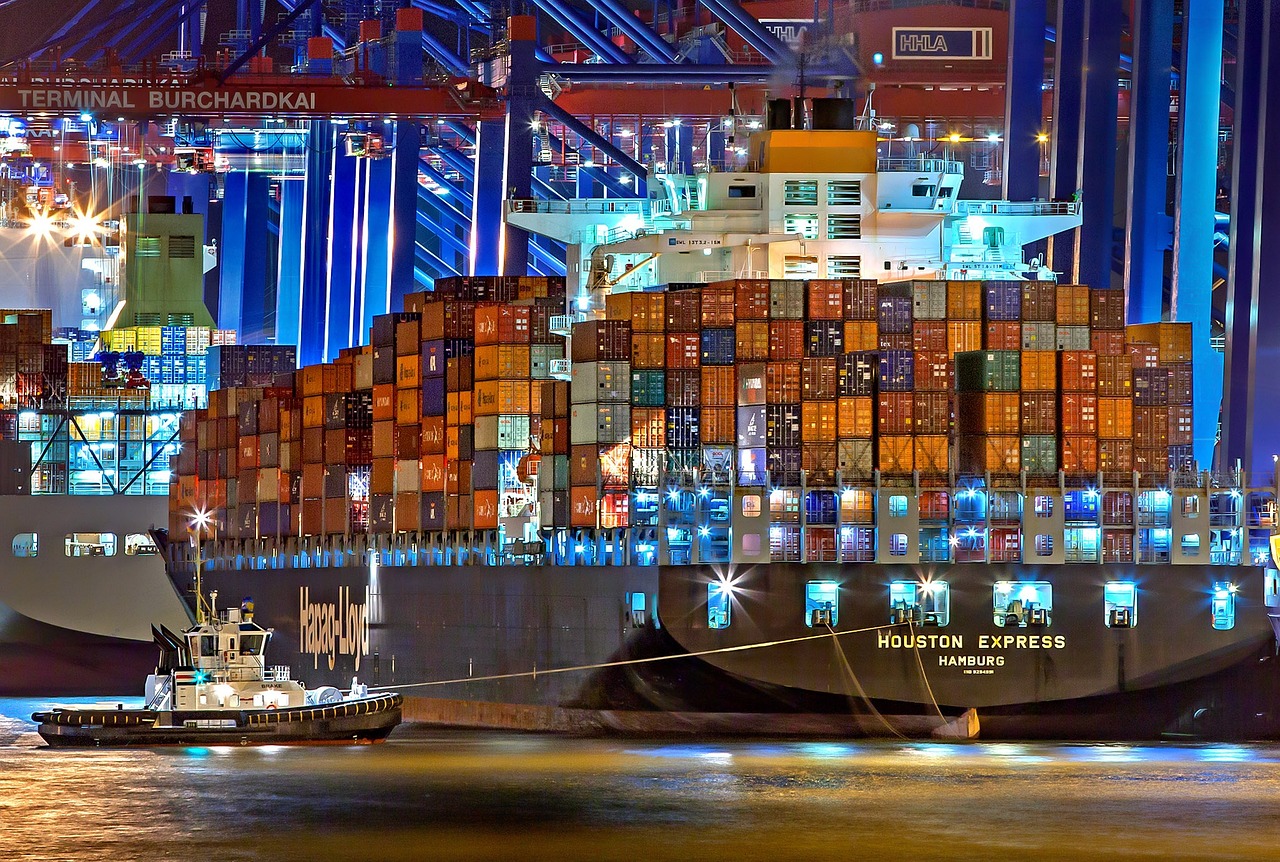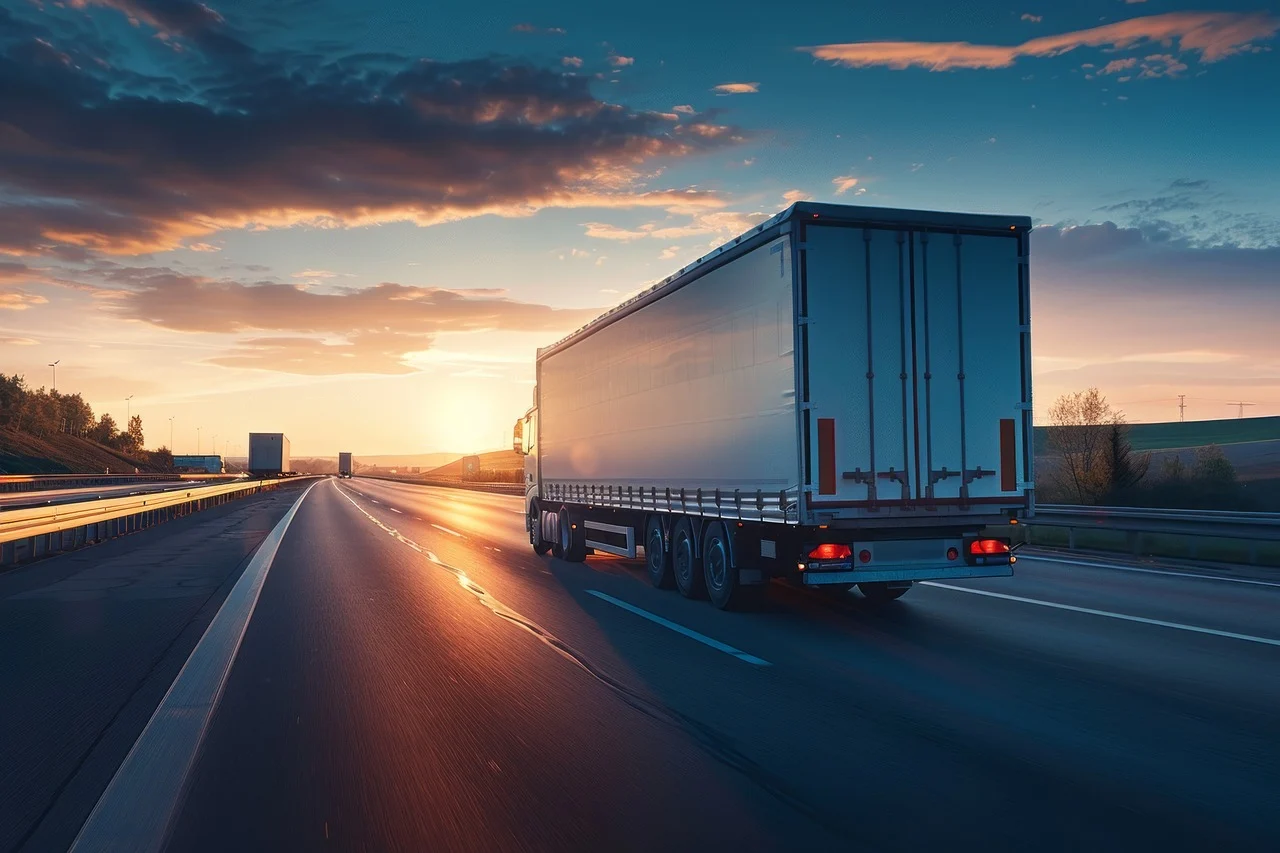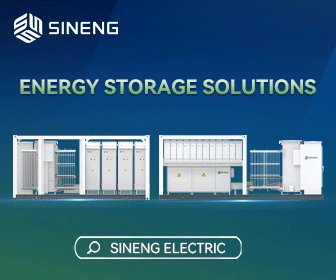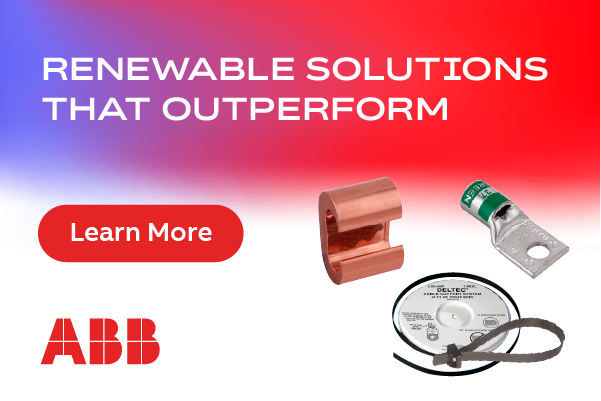Strengthen Your Energy Storage Supply Chain to Avoid Delays and Shortages
Battery shipping delays and supply-chain shortages can shut down your company, hurt your bottom line and reputation, and harm your customers’ operations. This was a key lesson learned during COVID and, more recently, the Baltimore Key Bridge collapse. If you’re powered by or sell batteries, you need a reliable supply chain to keep a tight schedule — or you can’t deliver. And no matter what, you still have fixed labor costs and overhead. The more the battery companies outsource manufacturing and overstretch supply chains, the more vulnerable you are to their delays caused by:
- Global shortages of raw materials, finished goods, or truck drivers
- Future pandemics
- Cyberattacks
- Shortages or delays due to political turmoil
- Logistics problems like stuck cargo ships, railroad strikes, or bridge failures
The good news is you can avoid most shipping delays and shortages.
Shorter supply chains + recycling = greater reliability
Companies with shorter distances between raw materials, suppliers, and manufacturers, as well as more centralized production, are better positioned to ensure reliable production and shipping. Of course, there’s nothing inherently wrong with global supply chains as long as manufacturers guarantee quality standards and reliable shipping — and make good on those promises.
Unfortunately, as 2020 and 2021 taught us, there’s a lot outside of our control; distance and borders can be a liability and a bottleneck. If your battery company depends on global supply chains for most raw materials and manufacturing, you’re vulnerable to tariffs, shutdowns, shipping delays, infrastructure failures, and parts shortages. A good first step is domestically sourcing more recycled and recyclable materials. This reduces artisanal and new mining, and simplifies supply chains.
Does your manufacturer store backup materials on-site?
Just In Time (JIT) is wonderful when supply chains run smoothly. But if your battery manufacturer uses JIT, you’re just one supply chain hiccup away from late shipments or canceled orders.
For instance, recyclable lead batteries require metal grids to hold energy-storing material. Some manufacturers order these grids from other countries. Any delay, from suppliers to shipping, means the manufacturer can’t finish assembly or shipping your batteries on time.
Look for companies that source 100 percent domestic critical materials, and ensure 30 to 60 days of backup supplies on-hand. Otherwise, you could be waiting on delayed ocean freight, trucks, or suppliers thousands of miles away.
Cheap supply chains can cost a small fortune
If your battery manufacturer squeezes every penny out of customers, suppliers, and distributors, then service, flexibility, and reliability will suffer. Look for manufacturers with extensive distribution centers, subsidiaries, or distribution in your region. These add redundancy, shorten supply chains, and reduce your risk. Also, ask whether your manufacturer offers drop-shipping directly to your place of business or installation sites.
Finally, be sure your battery manufacturer partners with reliable suppliers and shipping companies — with consistent delivery dates and strong communication.

Smart production and delivery planning save headaches
Between supply chain disruption, e-commerce, labor shortages, and other problems, manufacturers that once had predictable and stable supply chains are struggling to find their footing.
Your battery company must have well-thought-out answers to these questions:
- Which models will we produce, and in what quantities?
- Will we get the raw materials we need, or components shipped to us?
- Will we get orders? If so, when?
- Do we have the proper staffing and equipment to fill those orders?
- Can they be shipped to the buyer or distributor in a reasonable amount of time?
Also make sure your battery company uses enterprise resource planning (ERP) software to monitor inventory, supply chain, forecasting, sales, and deliveries. If their computer system connects everything together, the chances of shortages, production delays, or orders falling through the cracks all but disappear — and that’s good for your supply chain.
Process crucial raw materials on-site
The more your battery manufacturer relies on third parties to process crucial raw materials, the more links in your supply chain. For instance, recyclable lead oxide is critical for flooded lead-acid and AGM batteries because it stores energy. On-site oxide storage silos, along with oxide mills that produce refined materials, isn’t reliant on on-time deliveries of raw, recyclable lead, or shipments from a third-party oxide mill. In addition, real-time oxide testing removes the possibility of off-quality shipments that would otherwise delay production.
In-house battery manufacturing shortens supply chains, and ensures that every product uses the same materials, assembly techniques, equipment, skilled workforce, and quality standards. The result? You can expect your batteries to last longer, perform better, and get delivered on time.
Here’s what to look for:
- One location or country for all battery manufacturing
Ideally, this should be an ISO 9001:2015-certified manufacturing plant.
- Durable materials and construction
Look for companies that invest in engineering and raw materials to improve reliability. For instance, thicker battery plates (metal grids filled with energy-storing chemicals) provide more chemical energy storage. More chemical energy provides more chemical reactions for longer battery life.
- Robotic assembly with help from trained technicians
This maximizes performance, longevity, and consistency.

Stringent quality controls improve product reliability
The best supply chain in the world doesn’t matter if your batteries are unreliable. Make sure your battery manufacturer’s Quality Control includes:
- On-site manufacturing and quality assurance to spot and fix problems earlier than overseas or outsourced manufacturing
- Extensive quality checks, including using AI-driven aerospace vision systems
- Direct testing of batteries from production lines — not cherry-picked models from the engineering lab
- Chemical/Titration analysis for chemical compound ratios
- Autopsies and diagnostics of test batteries
- Measurement with reference electrodes to study positive and negative electrodes
- Random inspection by scanning electron microscope (SEM)
Supply chains affect end-of-life disposal/recycling costs and complexity
According to the US EPA, lead-acid and AGM batteries are 99 percent recycled and 99 percent recyclable — more than aluminum cans.1 Meanwhile, 19 out of every 20 lithium-ion batteries go directly to the trash.2
In Jan./Feb. 2024’s “Stop Landfilling Batteries,” we covered reasons for the Battery Recycling Gap and recommended approaches to reach universal battery recycling. What’s relevant here, though, is this: Lead-based battery recycling is widespread and often free — or even profitable for you. Not all batteries are recyclable or free to dispose of, so make sure you plan accordingly.
Conclusion
Now that you know the keys to a stronger energy storage supply chain, you can compare battery manufacturers to and ensure you get reliable deliveries with fewer hassles.
John Connell is the Vice President of Crown Battery’s SLI Products Group. Crown Battery manufactures all its 99 percent-recyclable lead-acid and AGM batteries at its ISO-9001:2015-certified plant in Fremont, Ohio. Robotic assembly and global distribution enhance uptime. Learn more about battery selection and supply chain optimization at www.crownbattery.com/zerowaste.
Crown Battery | www.crownbattery.com
1 https://www.epa.gov/sites/default/files/2021-01/documents/2018_ff_fact_sheet_dec_2020_fnl_508.pdf
2 https://cen.acs.org/materials/energy-storage/time-serious-recycling-lithium/97/i28
Author: John Connell
Volume: 2024 September/October










